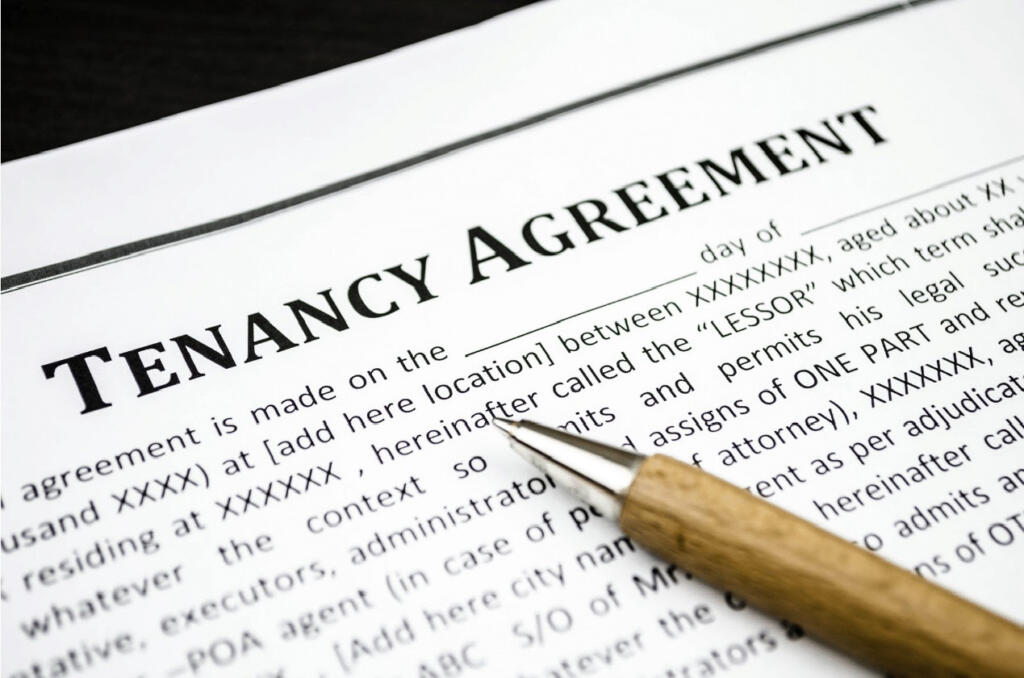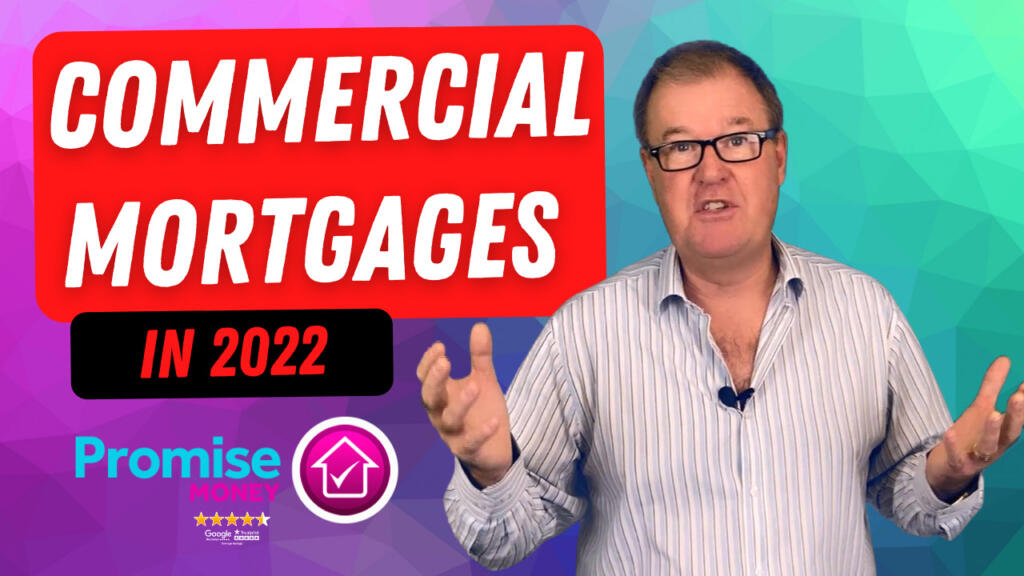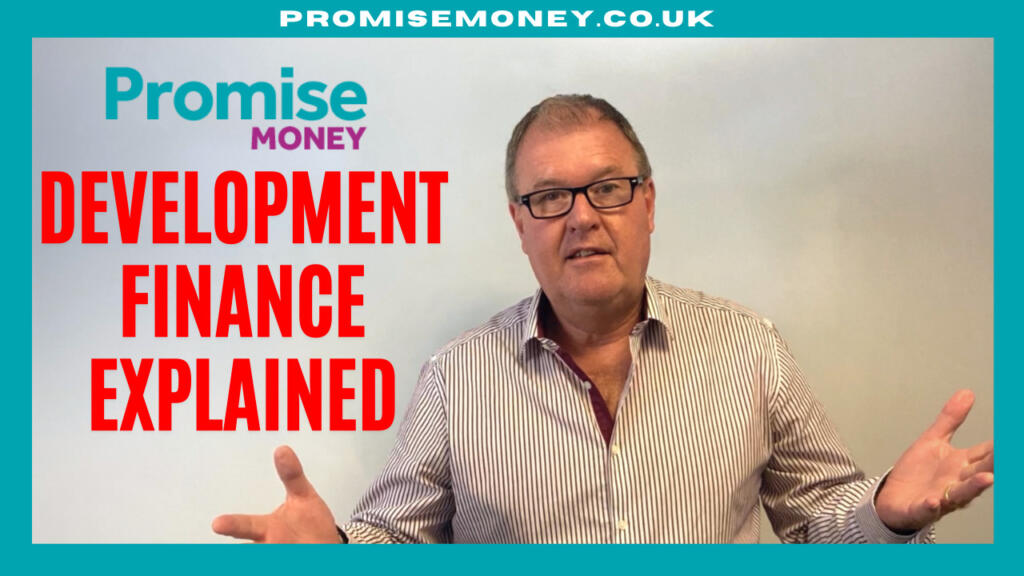Development finance explained
25th October 2023
By Alex Walker
Development finance comes in all shapes and sizes. Learn how it works and if it will be right for you.
This method of finance is commonly sought out by landlords and property investors. It’s a close relationship with bridging finance. As brokers, we would look at both options.
It can be used to complete a small ground up build of a single property. Similarly, it can be used for large projects such as hotels, retail parks or housing estates. Also, development finance can be used to convert or improve a residential house where heavy works are required.
In some cases, the property may already be owned and development finance is just needed to complete
the build. Other times, the developer may wish to finance as much of the purchase price and build
costs.
In virtually every case, planning for the development will have been granted. However, it’s common for
developers to wish to finance the purchase of a property, and then get planning to develop it. Without
planning consent, it isn’t really a development project in the eyes of most lenders. Therefore, we need to employ a different strategy.
Depending on the scenario, development finance can usually be arranged through one lender. However, when the developer’s funds are particularly limited, a lender may be required on a joint-venture basis. It’s when they share in the development profit rather than simply charging an interest rate for the loan. An alternative might be Mezzanine finance, where a second charge loan is arranged. The rates on these are far higher, and often, the lender may want an option on equity/profit.
Structure of development finance – a typical loan
There are three magic numbers that each development lender will want to know:
● The purchase price or valuation of the property/plot
● How much will the build cost – including a schedule of works
● What will the property be worth when it’s completed?
As a guide, lenders will lend up to 70/75% of the purchase price or plot value. They will sometimes lend up to 100% of the build costs. However, the total lending will be capped at around 75% of the final value. This is known as the gross development value (GDV).
Please note, not all lenders will accommodate such high loan to value (LTV) figures. The amounts
available will largely be determined by the type and location of development being built and the
experience of the developer. Each case is different.
Developer exit
Every lender will want to be sure that the development will be successful. The last thing they want is to
be left trying to resell a failed development. Therefore, they will be expecting to see a good profit in the development for you. They would also expect a clear exit by way of refinance or sale for them.
For example, if the purchase price is £200,000, the build costs are £200,000 and the GDV is £600,000, the developer can see a gross profit of £200,000 for you. This includes plenty of room for contingencies and to cover the cost of finance.
Sometimes, the focus of the development is to increase rental yield. With that being said, what might be an acceptable deal to you, may not be acceptable to the lender as the exit is riskier.
An example of this, could be a conversion of a large building to create HMOs or multi-lets.
It may make good business sense to convert a building costing £200,000 to a multi-let worth £450,000
because the rental yield would be much higher. However, if the cost of the conversion is £200,000 then the developer profit is only £50,000 to cover the cost of finance and contingencies. This deal might work for you, but it wouldn’t work for a development lender. So, you would need to put more cash in yourself via other means.
Types of development
The types of development can vary massively. Most can normally be accommodated subject to the
experience of the developer and the numbers stacking up. The amount of money required or the regulatory nature of the application may be a greater factor in deciding which lender is appropriate.
Larger developments
Most development lenders won’t consider projects where the lending requirement is less than £400,000 – £500,000. Above this amount, there is plenty of choice.
Small developments
Where there is a single property or a smaller cash requirement, there are fewer lenders available.
However, loans are available from £40,000 upwards. Although, the rates will be higher for larger
developments.
Regulated developments
Picture a scenario where someone wishes to build a property in their back garden. Because this
development is within the curtilage of their residential home, it is deemed to be a regulated mortgage. Therefore, it must be dealt with in accordance with the rules and guidance laid down by the Financial Conduct Authority.
Very few lenders offer what we call “back garden development loans“. So again, the choice is reduced and the interest rates are a little higher. However, they are available.
Development finance loan to values (LTV)
Assuming that finance is required towards the purchase of the plot or building, a lender may typically
provide 65% of the purchase price or value. There are some which will go higher, but 65% is a good
benchmark.
It is important to note that development finance works in a similar way to bridging finance. Therefore, the fees and interest on the loan will be deducted from this first advance. Based on a £200,000 property value at 65% LTV, a day one gross loan of £130,000 may be available. However, once lender fees and interest have been deducted. This may easily be nearer to £110,000.
This is mainly because the lender has set aside all the interest you will pay over the full term of the loan. They do this in order to protect their position. If you settle the loan early, you will get a pro rata amount of interest back.
In addition to the initial borrowing, the lender would ordinarily provide a number of additional drawdowns. These would happen at key stages of the build, such as completion of footings or roof height, when the property is wind and watertight. Then also on completion. At each stage it may be necessary for a re-inspection by a surveyor or the lender, to ensure that the work is done to a satisfactory standard. This gives the lender comfort that the loan or the development is not at risk of failing. And if the asset is still sufficient to support the lending.
Finance drawdowns
Whether or not the drawdowns are paid in advance or arrears, it will depend and how much cash or equity the developer is putting into the deal. For example, if the developer owned the plot and simply required finance for the build, it is likely there is sufficient equity for the lender to fund the build in advance. However, if equity is tight, the lender may wish to see each stage completed before they will refund the cost of works.
It is usual for the interest on the build costs to accumulate and become repayable at the end of the loan. This is because the amounts and dates of the drawdowns are not known at the outset.
Interest rates
Rates are typically around 0.85% per month, but can vary from 0.5% to 1.5% depending on the size and
type of the project. Lenders will typically charge a 2% lender fee, which is deducted from the initial advance.
Alternatives to development finance
Development finance can be costly by comparison to a traditional mortgage. But often, it’s the only method of funding the project.
Where a large commercial development is involved, an experienced developer will use other forms of
commercial/mezzanine finance/joint ventures. This is done to reduce the requirement for development finance.
For private individuals and smaller developments, owners or directors can look at alternative finance to
try and reduce the need for development money. This could include a re-mortgage or second charge loan against their home or other properties they own.
Second charge overdraft loans are also popular, as they provide a facility which the borrower can dip into. They can only pay interest on the balance outstanding at the time. Also, they offer the ability to flex the loan amount up and down without penalty, within the agreed parameters.
Bridging loans secured against other property is also worthy of consideration. This allows the developer to bring more cash to the table, and thus negotiate a more flexible and lower cost development facility.
For developers who are doing smaller projects on their own, personally or through their limited company, it is important to speak to a whole of market advisor. Preferably, with expertise in development, second charges, bridging, as well as residential and buy to let mortgages. By doing so, a more holistic approach can be taken using all of the developer’s assets to help minimise costs and increase the choice of loans available.
New BTL Loan
Commercial Mortgages – rates and terms Feb 2022 intermediary
Help to Buy – Previously Owned Properties
Development finance explained
Promise Money is a broker not a lender. Therefore we offer lenders representing the whole of market for mortgages, secured loans, bridging finance, commercial mortgages and development finance. These loans are secured on property and subject to the borrowers status. We may receive commissions that will vary depending on the lender, product, or other permissable factors. The nature of any commission will be confirmed to you before you proceed.
More than 50% of borrowers receive offers better than our representative examples
The %APR rate you will be offered is dependent on your personal circumstances.
Mortgages and Remortgages
Representative example
Borrow £270,000 over 300 months at 7.1% APRC representative at a fixed rate of 4.79% for 60 months at £1,539.39 per month and thereafter 240 instalments of £2050.55 at 8.49% or the lender’s current variable rate at the time. The total charge for credit is £317,807.66 which includes £2,500 advice / processing fees and £125 application fee. Total repayable £587,807.66
Secured / Second Charge Loans
Representative example
Borrow £62,000 over 180 months at 9.9% APRC representative at a fixed rate of 7.85% for 60 months at £622.09 per month and thereafter 120 instalments of £667.54 at 9.49% or the lender’s current variable rate at the time. The total charge for credit is £55,730.20 which includes £2,660 advice / processing fees and £125 application fee. Total repayable £117,730.20
Unsecured Loans
Representative example
Annual Interest Rate (fixed) is 49.7% p.a. with a Representative 49.7% APR, based on borrowing £5,000 and repaying this over 36 monthly repayments. Monthly repayment is £243.57 with a total amount repayable of £8,768.52 which includes the total interest repayable of £3,768.52.
THINK CAREFULLY BEFORE SECURING OTHER DEBTS AGAINST YOUR HOME
REPAYING YOUR DEBTS OVER A LONGER PERIOD CAN REDUCE YOUR PAYMENTS BUT COULD INCREASE THE TOTAL INTEREST YOU PAY. YOUR HOME MAY BE REPOSSESSED IF YOU DO NOT KEEP UP REPAYMENTS ON A MORTGAGE OR ANY OTHER DEBT SECURED ON IT.
Promise Money is a trading style of Promise Solutions Ltd – Company number 04822774Promise Solutions, Fullard House, Neachells Lane, Wolverhampton, WV11 3QG
Authorised and regulated by the Financial Conduct Authority – Number 681423The Financial Conduct Authority does not regulate some forms of commercial / buy-to-let mortgages
Website www.promisemoney.co.uk








